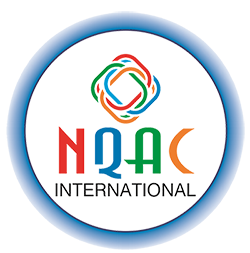SA 8000 : Social Accountability

SA 8000, or “Social Accountability 8000”, was developed to promote socially responsible business in all sectors around the globe. Rather than being a “sweatshop code” for customers to enforce upon their suppliers, SA8000 was developed to help socially responsible companies to measure and differentiate themselves from other companies operating with less than acceptable labour conditions. It sets out expectations regarding health and safety, child labour, forced labour, freedom of association, discrimination, disciplinary practices, working hours and compensation together with the management systems to deliver them.
SA8000 covers all the major labour rights issues contained in International Labour Organization (ILO) conventions, the Universal Declaration of Human Rights and the UN Convention on the Rights of the Child. It also acknowledges the importance of compliance with locally applicable laws.
First published in 1997 and revised in 2001, SA8000 has been widely recognized as the most significant tool for bringing workers’ rights business practices into line with the values of society – a vital component of corporate reputation today.
The standard is broadly recognized by trade unions, government agencies and non-governmental organizations (NGOs) as one of the strongest workplace standards.
Organizations that have recognized SA8000 include the US State Department, the European Commission, the Tuscany Government, the Indian Ministry of Textiles, Business for Social Responsibility and Amnesty International.
SA8000 Includes:
The SA8000 standard and verification system is a credible, comprehensive and efficient tool for assuring humane workplaces because it includes:
A standard that covers all widely accepted international labor rights.
Factory-level management system requirement for ongoing compliance and improvement.
Independent, expert verification of compliance: Certification of facilities by auditing bodies accredited by SAI. SAI accreditation ensures that auditors have the procedures and resources needed to conduct thorough and objective audits. There are currently nine organizations accredited to do SA8000 certification.
Involvement by all stakeholders: Participation by all key sectors, including workers and trade unions, companies, socially responsible investors, nongovernmental organizations and government, in the SA8000 system. Such participation is required with the Advisory Board, drafting and revision of the standard and auditing system, conferences, training, and the complaints system.
Harnessing consumer and investor concern: The SA8000 Certification and Corporate Involvement Program help consumers and investors to identify and support companies that are committed to assuring human rights in the workplace SA8000 Standard Elements.
